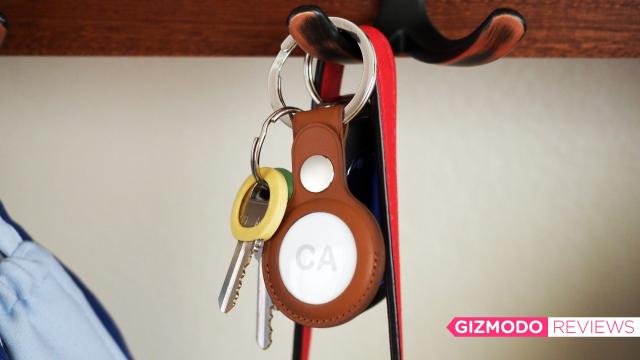“Those seem useful, but I don’t really lose things,” I thought to myself when Apple finally took the wraps off its long-rumoured Bluetooth trackers, AirTags.
Well, that’s not entirely true. But the items I tend to lose — most recently the headcover for my driver at a nearby golf course, and every single pair of sunglasses I’ve ever owned — aren’t exactly the kind of things you would attach an AirTag to. Then it dawned on me: More than a year in various levels of lockdown has turned me into something of a feral creature who wears leggings as pants (!!) and has abandoned carrying a purse in favour of shoving keys and ID in the pockets of said leggingpants. The descent has been steep, to say the least. So once we emerge vaccinated into society again, who knows where I’ll leave the things I’m now unaccustomed to carrying? My bag will inevitably get left inside a restaurant, and my suitcase? I hardly know her.
So, I was curious to test out AirTags and see whether they can smooth my transition into post-pandemic life.
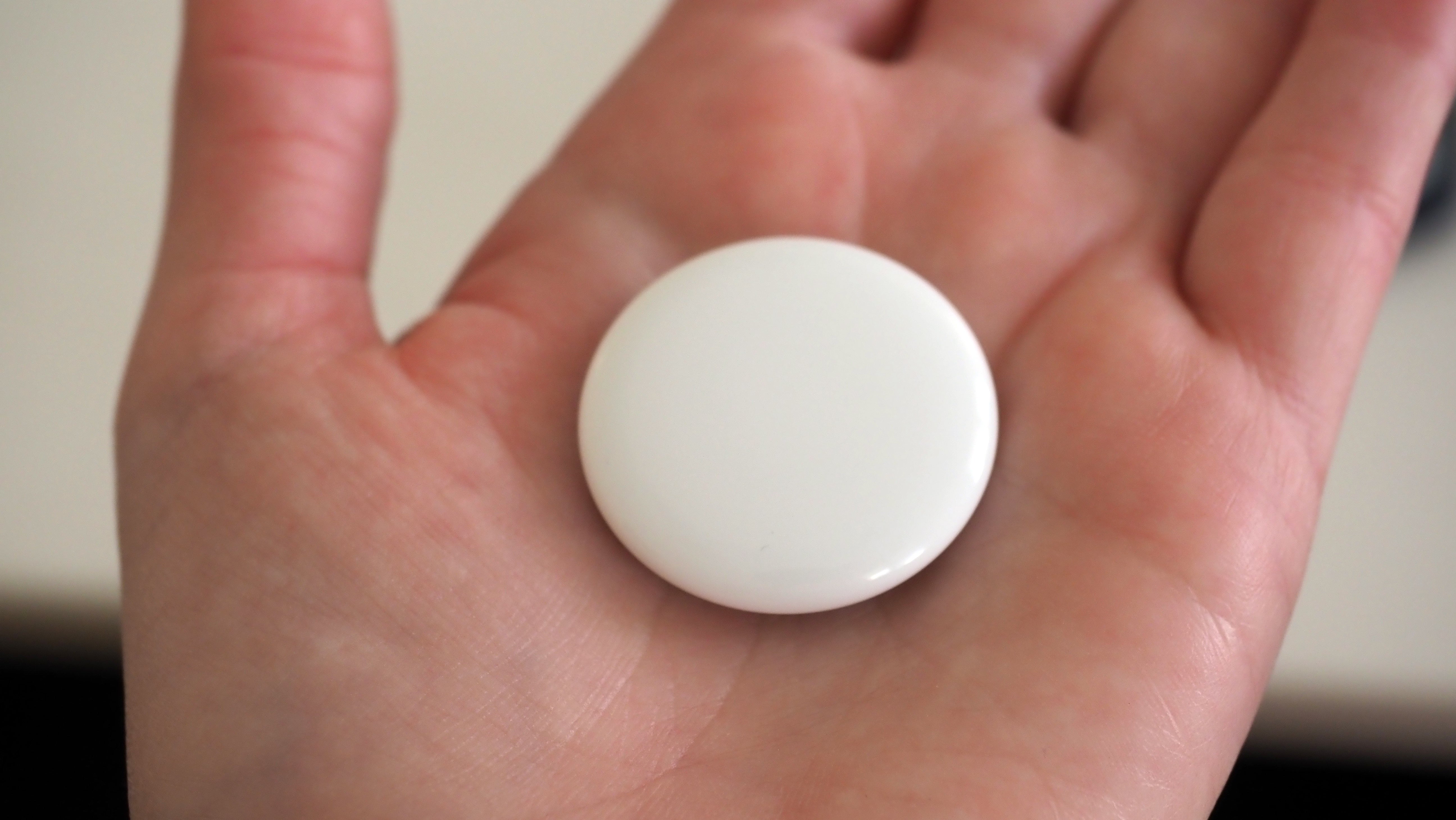
Apple AirTag
What is it?
Apple's Bluetooth-tracking device
Price
$45 for one; $149 for 4
Like
Accurate (and very cool) Precision Finding feature; Find My network helps track down items; ridiculously simple setup
Don't like
Unwanted tracking feature needs to be improved quickly to prevent abuse
The Setup
As with all things Apple, setting up an AirTag is almost magically easy. You unbox the circular white tracker, which can be customised with letters or emoji, and remove the wrapping. The AirTag will chime, signalling it’s ready to be paired. Hold it next to your iPhone, and within a split second, an image of the AirTag appears on-screen prompting you to connect. From there, you choose a name for your AirTag (the item you plan to attach it to), connect it to your Apple ID, and then right away you can hop into the Find My App, where there’s a new Items tab in iOS 14.5 for seeing your connected AirTags or third-party accessories like Chipolo trackers and Belkin earbuds.
And then you don’t need to open the Find My app again — until you lose something.
How They Work
An AirTag helps you find your stuff in four ways. If you think it’s close by, you can ask Siri where the item is, and if it’s within Bluetooth range, the AirTag will start to chime. You can also manually play a sound in the Find My app if you don’t want to use Siri, which, fair.
The AirTag uses Apple’s ultra-wideband U1 chip, which helps you track down the item in an even more granular way with a feature called Precision Finding. UWB works similarly to Bluetooth in that it’s a short-range communication protocol, but it’s able to more precisely triangulate location because it transmits data across a wider spectrum (hence the name). If you’re using an iPhone 11 or 12, which also have U1 chips, you can open the Find My app, tap the item you’re looking for, then tap Find. (Older iPhones lack a U1 chip, so this feature won’t work on those.)
Your phone will guide you to the item’s location with specific directions like “13 feet to your left” and slowly but surely navigate you across a room to your item. When you get close, the screen turns green and you feel some haptic feedback, which I have to admit inspires a rather triumphant feeling akin to completing a scavenger hunt, despite the fact that your keys were definitely hiding in plain sight. All that is to say: It works. In all of my various tests around my house, I was able to find the AirTag, either with Precision Finding or by making the AirTag chime.
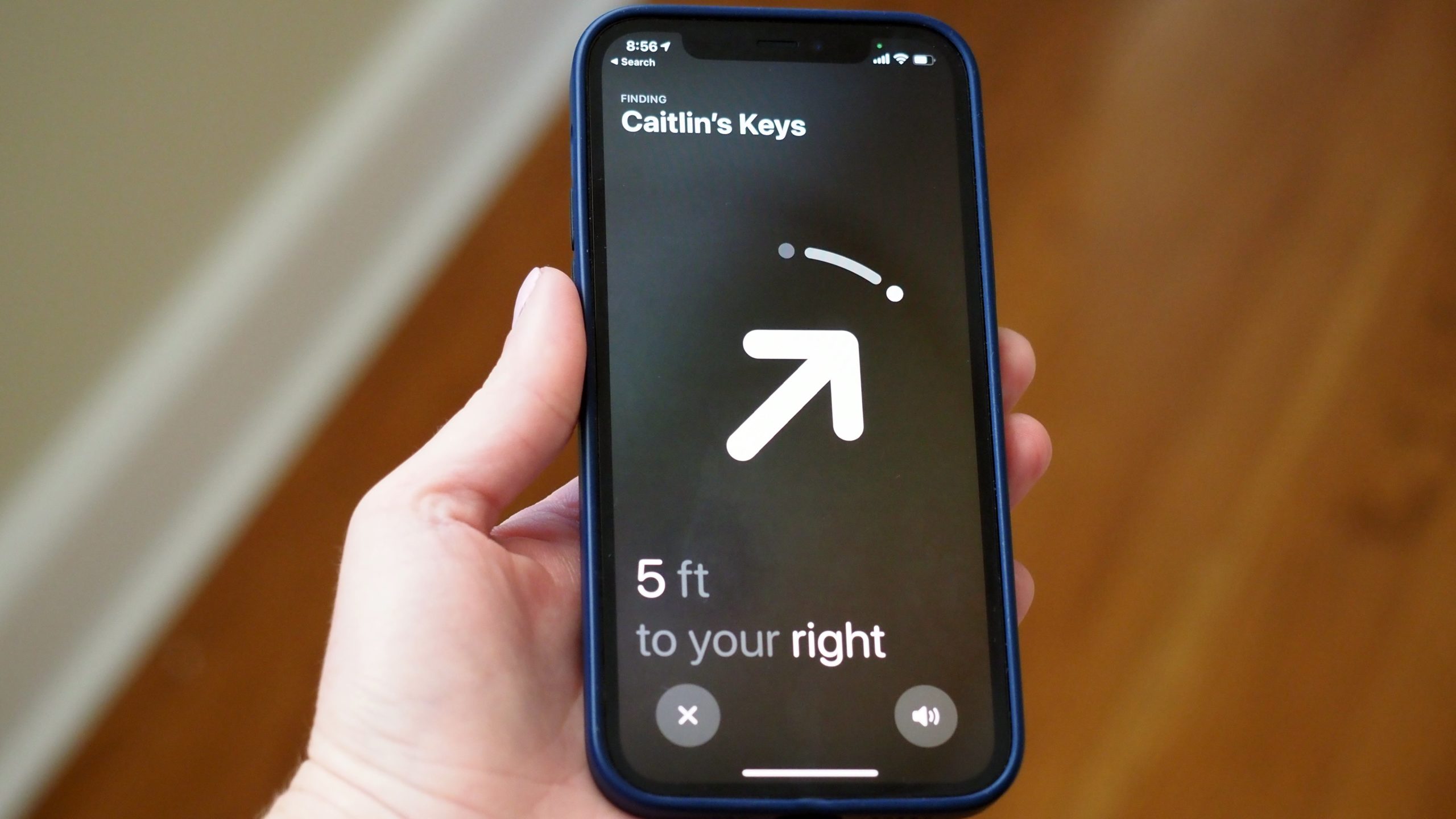
But then there’s the real test, which is finding stuff that’s really lost, not just misplaced in your home. For that, Apple taps its vast Find My network to help you track down a lost item. Apple says close to 1 billion devices are connected to Find My, and when one of those billion devices comes near an AirTag, the network will relay its location to the AirTag owner. Location information is anonymous and encrypted at every point, and not even Apple can see where your lost item is. That all works as promised.
I enlisted my husband to “lose” an AirTag somewhere outside of our home so I could use the Find My app to track it down. When he returned, I enabled Lost Mode, then turned on notifications so the Find My network would alert me if the AirTag moved. I could see in the app that the AirTag’s last known location was a shopping centre in Hollywood, and it appeared to be outside of a Target. I drove over, and received an alert from Find My that my lost AirTag was still at the shopping centre. Great. Now all I had to do was find where specifically it was “lost.” I wandered around outside for several minutes, never coming within range of the AirTag, as indicated by the fact that the chime wouldn’t chime and the Precision Finding didn’t work. My husband, who tagged along on this mission, then helpfully clued me in: The AirTag was inside the Target. Once he pointed me in the right direction, I meandered down an aisle, attempting to track down the AirTag using the Precision Finding feature. Finally, once I was within 12.19 m of the AirTag, my phone guided me toward its location: the jean pocket of a mannequin.
The Find My network is capable of alerting you to the address where your AirTag was last seen, but because AirTags are not GPS trackers, your iPhone is unable to pinpoint an AirTag’s exact location unless you’re within Bluetooth range. If you lose a small item in a big store, you may have to wander around for a while until your phone picks up your AirTag’s signal. Would I have found my AirTag in a massive Target without my husband’s assistance? No. But an AirTag is also $45, and you do get more precise tracking abilities than you do with other, comparably priced Bluetooth trackers.
There’s also a backup method if you don’t manage to find your AirTag. When you enable Lost Mode, you can add your contact number. If someone with an NFC-capable device (either iOS or Android) stumbles upon your AirTag, they can tap the device to the AirTag and see your contact info. Fingers crossed this potential Good Samaritan will help you get your stuff back. While I didn’t actually lose an item while testing AirTags, I did purposefully lose one on my block to test the Android functionality. After enabling Lost Mode on my iPhone, I left my phone behind and took a Pixel 5 to the location where I “lost” it. I had to boop the Pixel to the AirTag a couple of times before the NFC chip recognised it, but then my Pixel chimed and Chrome popped open with my contact details and instructions on how to return and/or disable the AirTag. Again: It works!
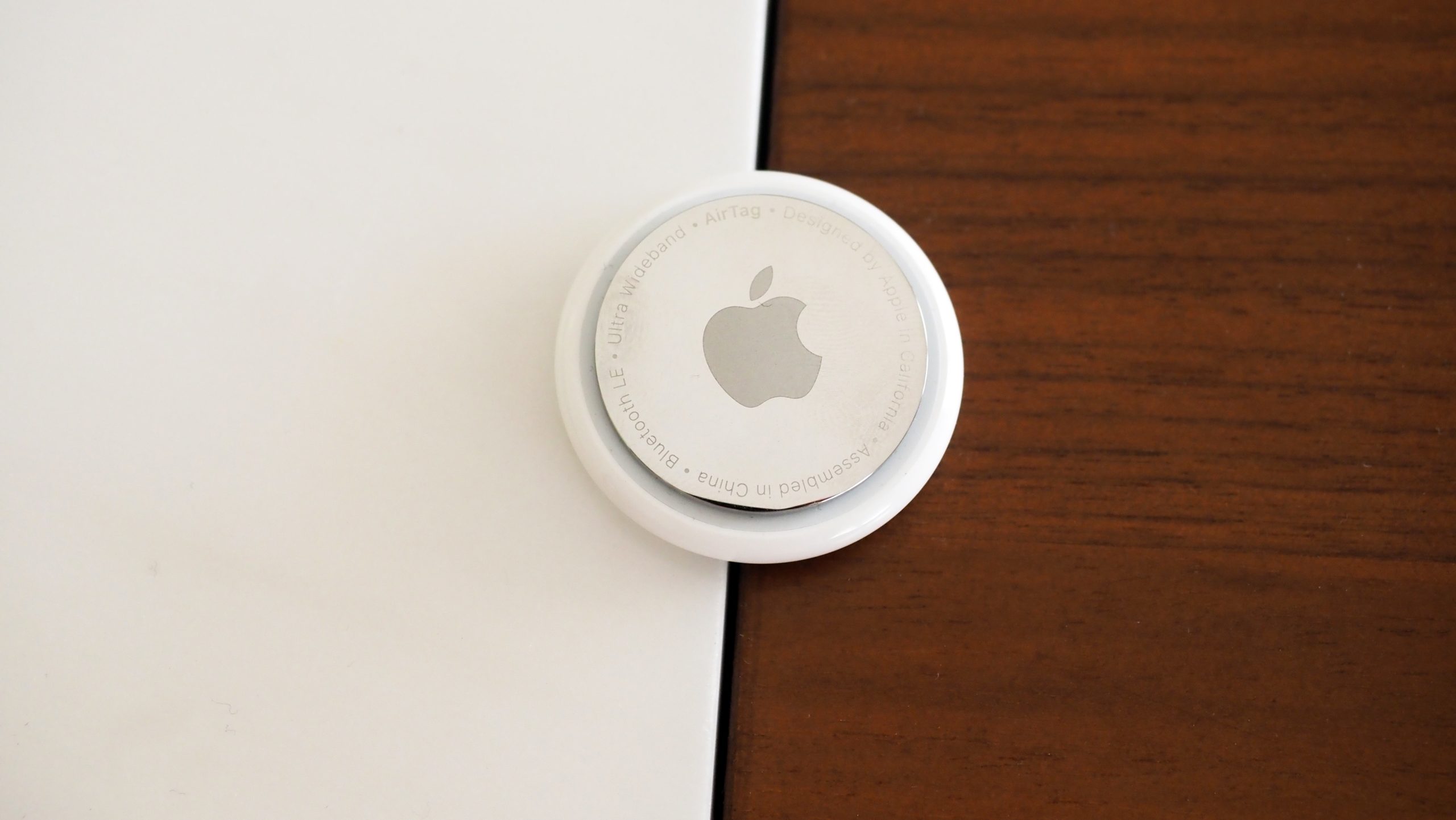
Battery Life Is Good
Finally, an Apple device I don’t have to charge! AirTags run on coin cell batteries, which last more than a year and can be easily replaced by pulling off the back of the device. What a blessing.
You can see the battery percentage of each AirTag in the Find My app, so knowing when it’s time to swap in a new battery is never a question.
Unwanted Tracking Need Serious Work
Now, let’s get to the only issue I have with AirTags — but it’s a big one. Apple has clearly thought through the privacy implications of a tracking device and how an AirTag could be misused, because they’ve implemented features to prevent unwanted tracking. But those features don’t go far enough, and I have serious concerns about how AirTags could be exploited by abusers.
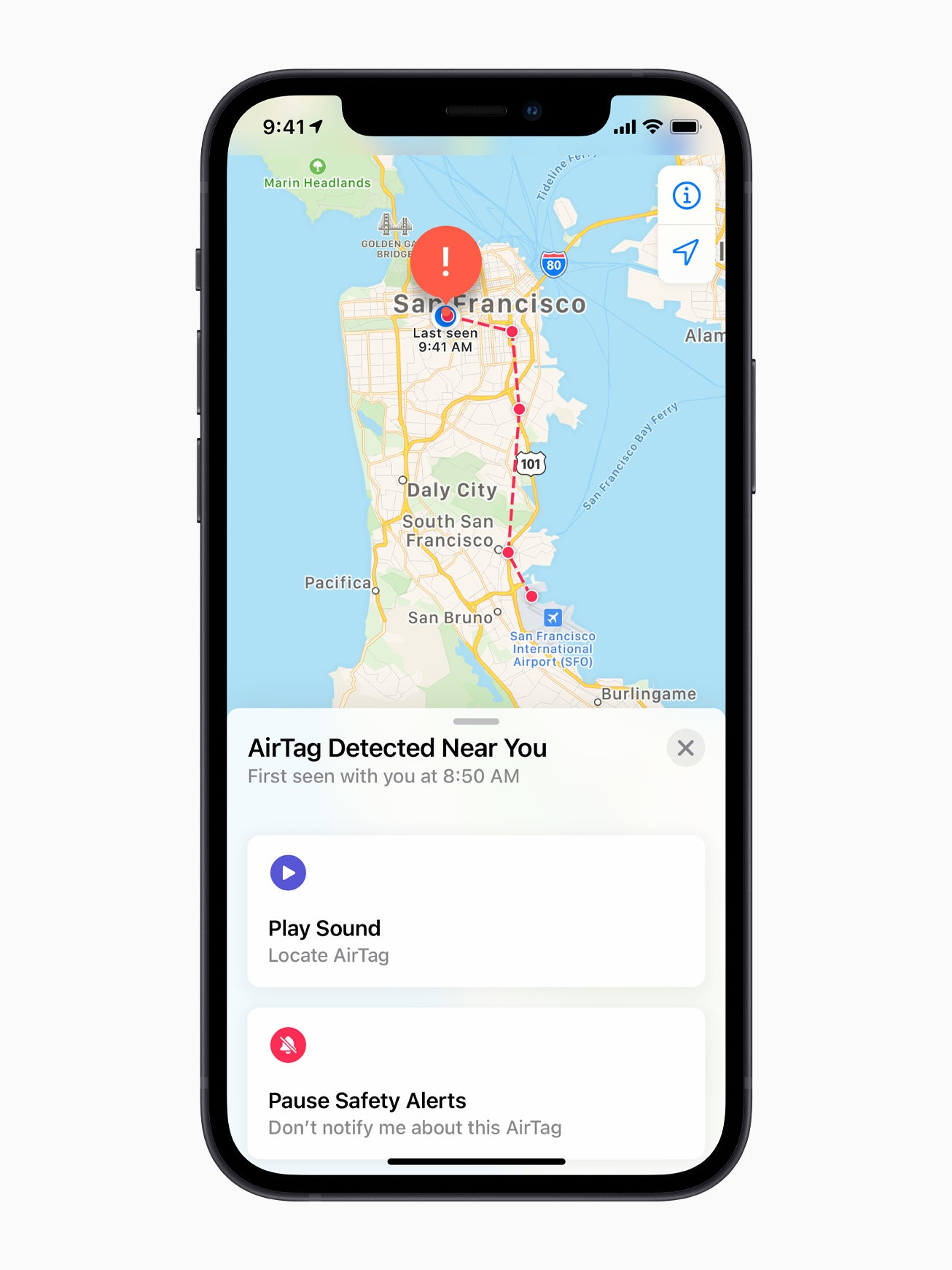
If the owner of an AirTag places it on your belongings without your knowledge, the AirTag will notify you with an alert on your phone (for iOS users) or with an audible chime (for Android users). That’s great — other Bluetooth trackers don’t offer any such notification. But Apple needs to make these alerts much more proactive.
I simulated unwanted tracking by placing an AirTag under the driver’s seat of my husband’s car (with his knowledge; I’m not a monster) before he set out for a morning of errands. Despite being gone for hours, he never received an alert. That’s because iPhone owners need to be running iOS 14.5 to get any unwanted tracking notifications. So he updated his software, and we tried again. Still no alert, despite the fact that I could see his locations as he travelled on the map in the Find My app, including the stores he stopped at. It’s possible he wasn’t away long enough to receive a notification, but Apple won’t specify how long an unwanted tracker needs to be travelling with you before you’ll see an alert. In some cases, you’ll receive a notification when you arrive back at the address you’ve specified as your home in your iPhone contact card or the one that Apple Maps identifies as your home based on your travel history. If you’re travelling away from home, your iPhone will alert you at an unspecified time toward the end of a day. But the fact that users who aren’t on iOS 14.5 won’t receive alerts — currently not an insignificant amount of people, though that will change — and that it’s clearly possible to track people without them being notified at all is troubling.
The feature works even less well for Android users, who won’t be alerted to an unwanted AirTag’s presence until it’s been away from its owner for three days. Given how many Android users are out in the world, it seems almost guaranteed that an iPhone owner could exploit this to use against their Android-using partner.
The potential for abusers to track their victims is obvious here, and because AirTags are so affordable, work so effectively, and have the potential to become as ubiquitous as AirPods, I urge Apple to fine-tune these settings to alert people more quickly. When asked, Apple said it “may adjust the logic and timing of these features, which are tunable over the air, to continue improving our deterrents.”
AirTags vs. Tile vs. Samsung SmartTag+
Regulators are currently scrutinising Apple’s allegedly anticompetitive behaviour, and one of the companies accusing Apple of not playing fair is rival Bluetooth-tracking device company Tile. There are a few differences between products like the Tile Mate and AirTag, the biggest, of course, being Apple’s extensive Find My network. Tile relies on its network to help you track down your lost items, but of course that network is nowhere near the size of Apple’s (about 35 million compared to 1 billion). Tile also lacks precision-finding features enabled by ultra-wideband, though it’s reportedly working on a UWB version of its tracker.
Meanwhile, Samsung’s new SmartTag+ does have an ultra-wideband chip for more precise tracking, but it’s also $45 for one tracker. Samsung’s trackers leverage other Galaxy devices that have opted into helping track down lost items, but again, Apple’s Find My network offers more precise location-tracking outside of Bluetooth range by sheer virtue of its extensive reach. Apple users also have to opt in to Find My by registering their devices to their iCloud accounts, but given that close to 1 billion devices are part of the Find My network, it’s clear that most people do so (which makes sense, because Find My also helps you track down lost iPhones, Macs, etc.).
Should You Buy or Skip AirTags?
If you’re an iPhone owner who’s prone to losing stuff, buying one AirTag (or the 4-pack) is a no-brainer. It’s affordable, it’s ridiculously easy to set up, and it just works. It’s a quintessentially Apple product in every way. I can definitely see myself looping one of these around my luggage handle and tucking one inside my purse when I’m fully vaccinated and am ready to travel again.
But again, I strongly urge Apple to make its unwanted tracking feature more proactive. The Find My network that makes finding AirTags a cinch can also be used by abusers to follow their victims, and Apple needs to do more to prevent that from happening.
